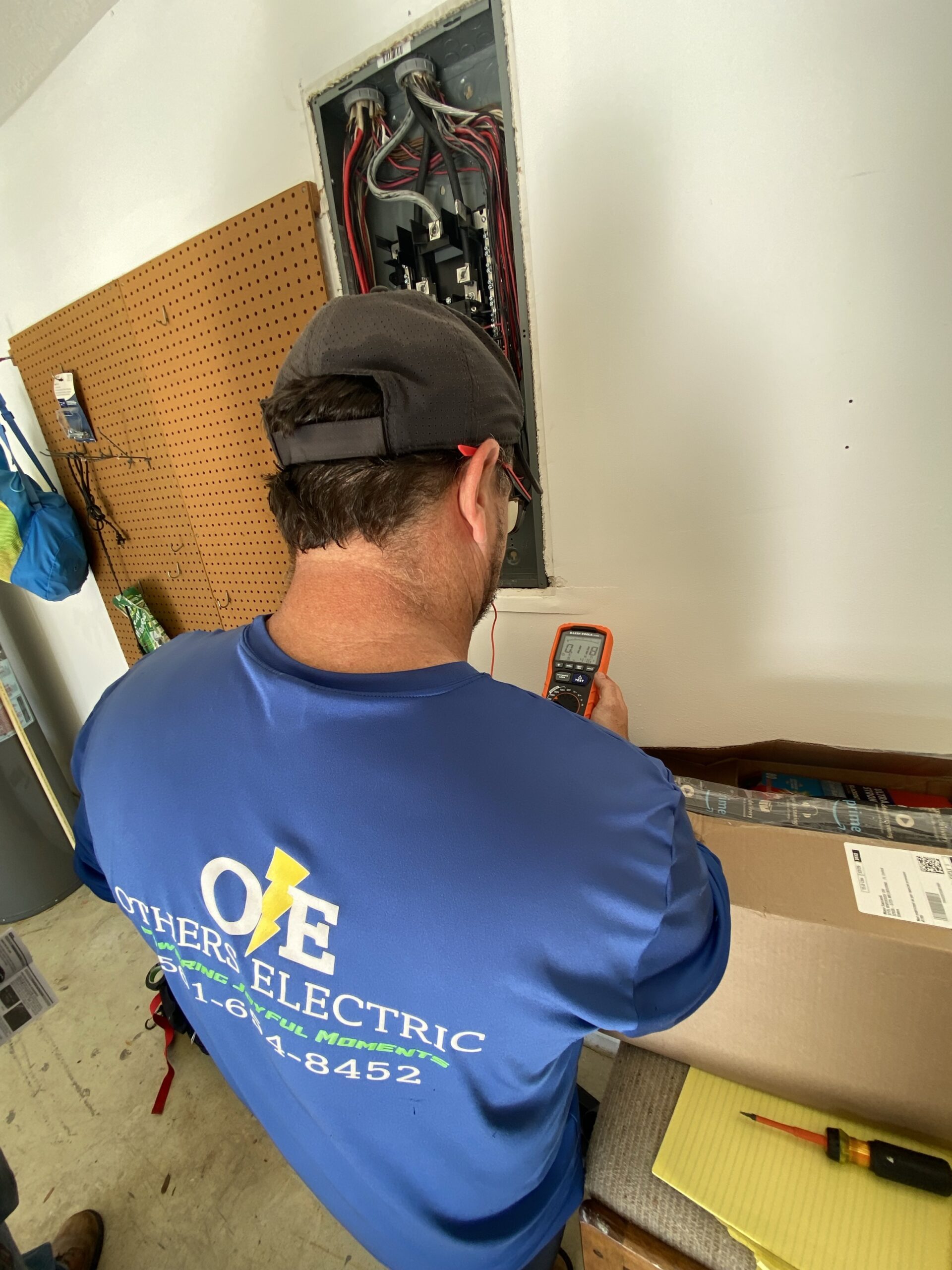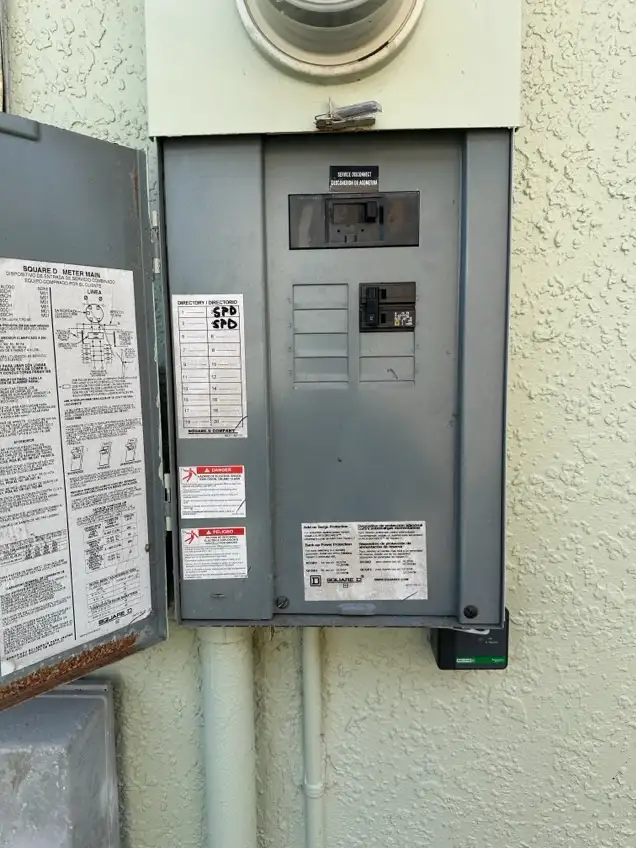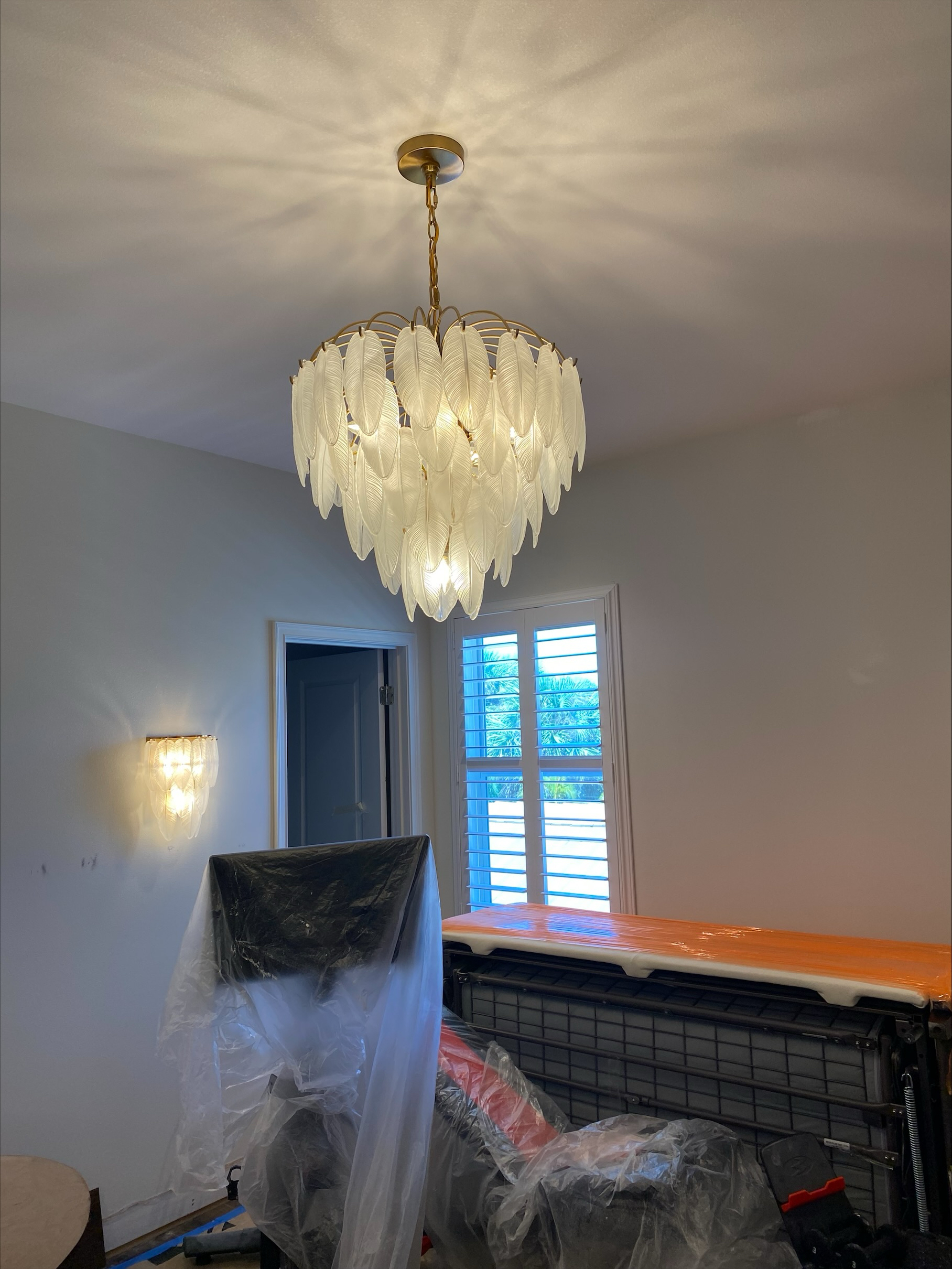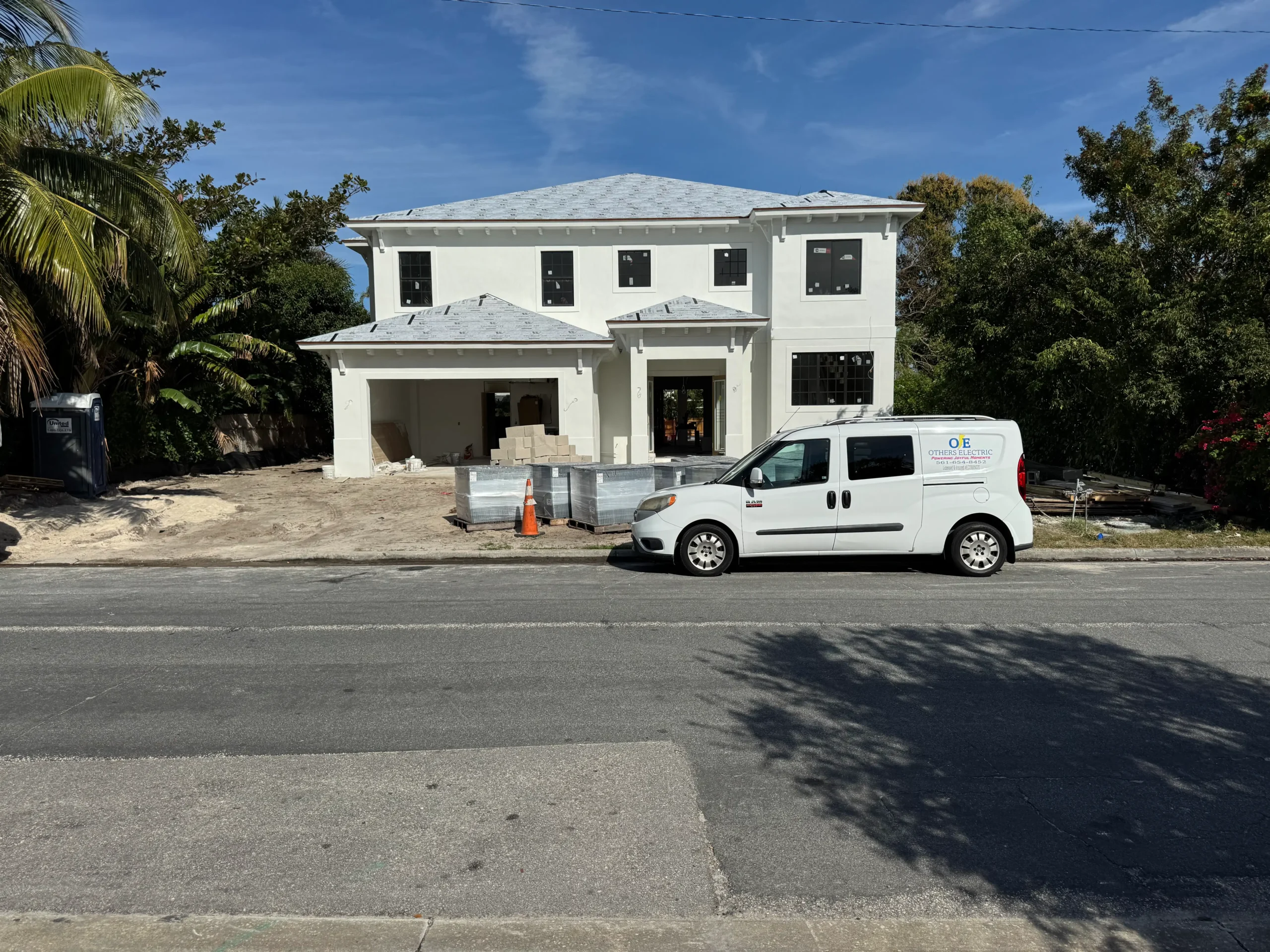Can Surge Protectors Go Bad
Surge protectors are one of the most underrated devices in a modern home or business. Quietly working behind the scenes, they shield our electronics from potentially devastating voltage spikes. But despite their importance, most people rarely think about them once they’re plugged in. This raises a critical question: can surge protectors go bad?
The short answer is yes. Surge protectors are not immortal. Their ability to safeguard your appliances and devices diminishes over time. Just like smoke detectors or water filters, surge protectors have a lifespan and need to be monitored and eventually replaced. In this article, we’ll explore why surge protectors wear out, the warning signs, and what you can do to maintain proper protection for your home or business in Florida’s storm-prone environment.
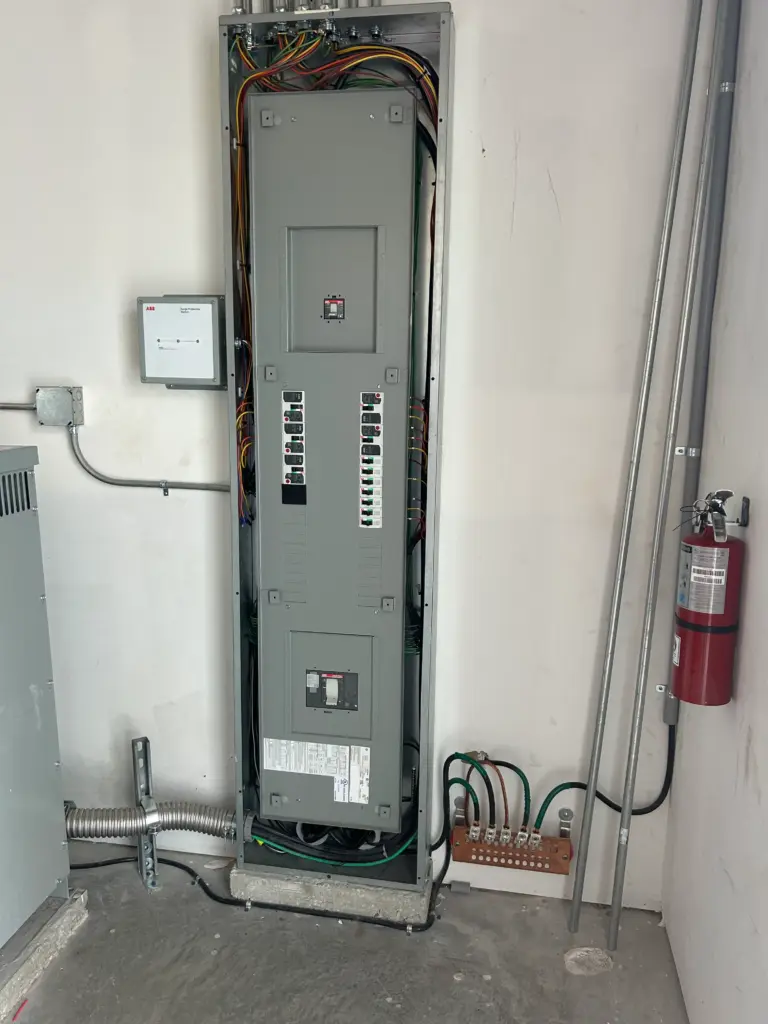
Understanding How Surge Protectors Work
To fully understand can surge protectors go bad, it helps to understand how they work. Surge protectors are designed to defend your electronics from voltage spikes—brief increases in electrical power that can originate from lightning strikes, power grid issues, or even large appliances cycling on and off inside your home.
Most surge protectors use components known as metal oxide varistors (MOVs). These components are engineered to detect voltage levels. When voltage rises beyond a safe threshold, the MOV reacts by diverting excess power to the ground line, protecting your equipment in the process.
But every time an MOV absorbs a surge, it sacrifices a bit of its capacity. Over time, the MOV becomes less responsive or completely non-functional. This degradation is why the question can surge protectors go bad is not only valid but crucial for protecting expensive devices and systems.
The Lifespan of a Surge Protector
Surge protectors don’t have a universal expiration date. Their lifespan depends on several factors, including the quality of the device, how many surges it has absorbed, the strength of those surges, and the environment in which it operates.
Typically, a mid-range surge protector may last between 3 to 5 years, while higher-end models can stretch to 7 to 10 years. However, in places like Florida—where lightning storms and grid fluctuations are common—this lifespan may be shortened significantly. A single large surge, especially one from a direct or nearby lightning strike, can instantly render a surge protector useless.
So when asking can surge protectors go bad, understand that they are expendable by design. They’re built to take the hit so your devices don’t have to. That sacrifice is noble, but it also means they must be replaced to maintain protection.
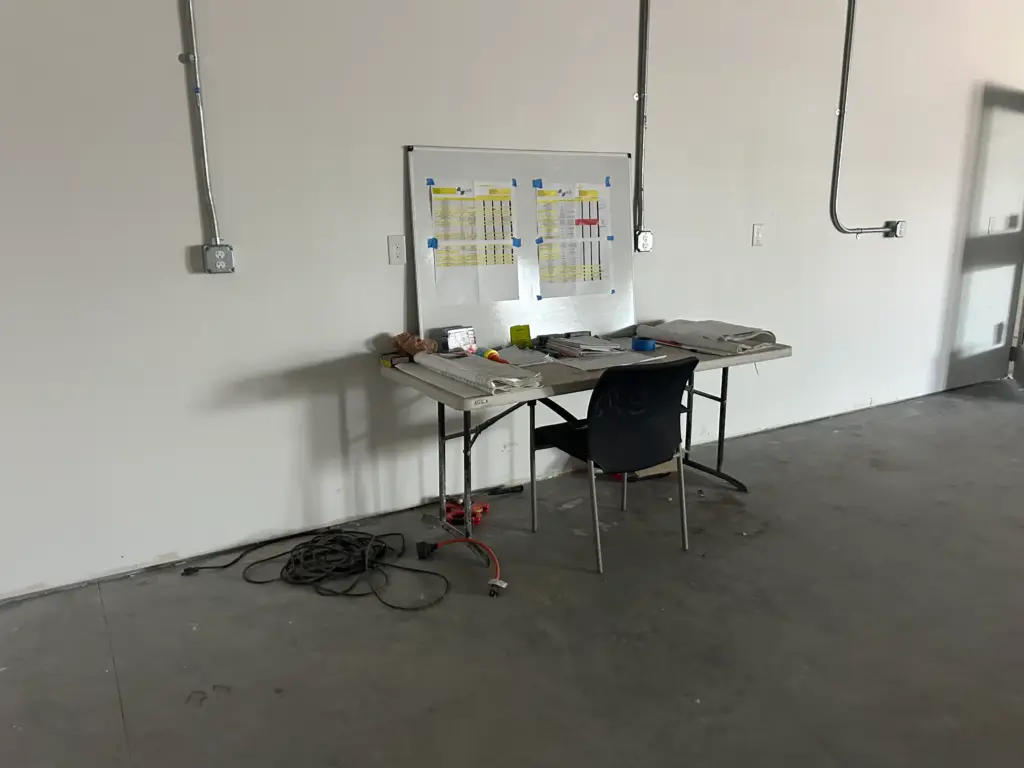
Signs That a Surge Protector Has Gone Bad
One of the most frustrating aspects of surge protectors is that they often fail silently. Unlike a circuit breaker that trips or a fuse that blows, many surge protectors give no obvious sign that their protective function has stopped working.
However, there are some indicators to help determine whether your surge protector may have gone bad. Some units include status lights or indicators that turn off or change color once the MOV is no longer functional. If the light is no longer glowing or blinking, it may mean the device has lost its protective capacity.
Additionally, if your devices are suddenly malfunctioning or you notice flickering, unexpected shutdowns, or burnt smells near the outlet, these could be signs that your surge protector has already failed—or worse, never functioned as intended.
When in doubt, replacing the device is the safest option. It’s also wise to consult a professional electrician, especially if your setup includes multiple high-powered systems like HVAC, smart appliances, or commercial-grade equipment. Professionals like Others Electric offer inspection services that can evaluate the health of your surge protection system and recommend upgrades or replacements.
Environmental Factors That Accelerate Degradation
Understanding can surge protectors go bad also means looking at their operating conditions. In areas with frequent electrical storms—such as Florida’s East Coast—surge protectors face repeated exposure to surges. Even if most of these are small, the cumulative effect takes a toll.
Humidity and heat also degrade the materials inside surge protectors. In non-climate-controlled environments like garages or outdoor outlets, extreme temperatures and moisture accelerate wear. Dust and debris can accumulate in and around outlets, leading to inefficient grounding or even short circuits.
These environmental factors, combined with regular use, mean even the best surge protector won’t last forever. In a region known for unpredictable weather and heavy energy demand, being proactive is better than being reactive.
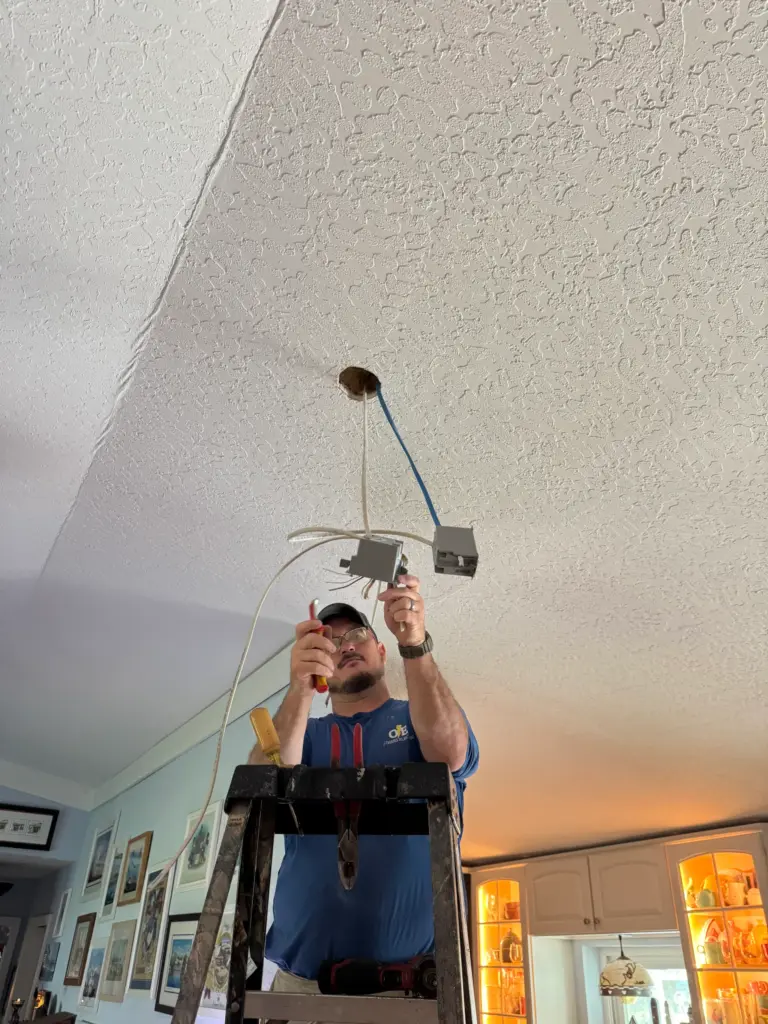
The Importance of Whole-House Surge Protection
One way to reduce the reliance on individual plug-in devices is to invest in whole-house surge protection. Installed directly at your main breaker panel, these systems protect all circuits in your home from external surges, such as those caused by lightning or utility grid switching.
While these systems are not immune to degradation, they are typically rated to handle much larger surges and last longer than plug-in devices. Still, the answer to can surge protectors go bad remains yes—even these larger systems require maintenance and occasional replacement.
Working with a licensed electrician ensures that your whole-house surge protection is properly rated for your home or business. Electricians like those at Others Electric can assess your panel, install certified devices, and create a layered defense with both panel-based and outlet-level protection.
What Happens If You Ignore a Failing Surge Protector?
The risks of ignoring a failing surge protector are real. If the device no longer works, any surge—large or small—has a direct path to your electronics. This could mean catastrophic damage to computers, televisions, HVAC controls, refrigerators, or even life-saving medical equipment.
In commercial settings, a failed surge protector can interrupt business operations, cause data loss, or even result in fire hazards if wiring is compromised. As more homes adopt smart technologies, the value of protecting interconnected systems becomes even more critical.
So while the question can surge protectors go bad might seem small, the consequences of not addressing it can be enormous. Replacing a $30 surge protector is far easier and cheaper than replacing a $3,000 HVAC unit or a $1,500 laptop.
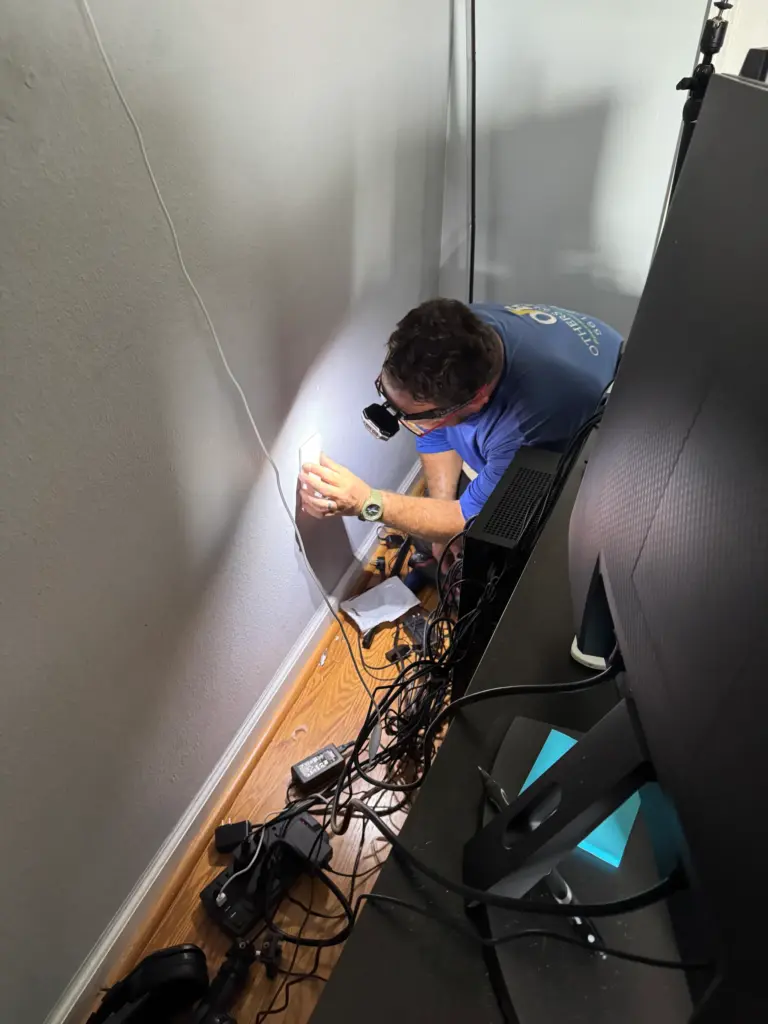
Testing and Maintenance Best Practices
While there is no simple way to “test” a surge protector in the same way you test a smoke detector, you can follow basic maintenance protocols. Check your devices for visual warning signs every few months. Keep a log of installation dates so you know when to consider replacement. Replace units that are more than five years old, especially if they’ve been through a major storm.
If you’re unsure whether your surge protection setup is adequate or current, schedule a consultation with a qualified contractor. Many electricians offer surge audits as part of home safety inspections. This type of proactive maintenance is key to preventing future damage.
You can also learn more about surge protection and electrical safety from resources provided by the National Institute of Standards and Technology (NIST) and the U.S. Department of Energy.
Conclusion
So, can surge protectors go bad? Absolutely. In fact, they’re designed to. Their job is to absorb damage so your electronics don’t have to—but once they’ve taken enough hits, their ability to protect is gone.
In storm-prone areas like Florida’s East Coast, surge protection isn’t optional—it’s essential. Knowing when your devices need replacement, recognizing signs of failure, and maintaining a layered approach can make the difference between a minor inconvenience and a major financial loss.
If you’re unsure about your surge protection or want to install a whole-house solution, turn to the professionals at Others Electric. With expert insight, certified installations, and Florida-specific experience, they’ll help you keep your home or business safe from unexpected electrical threats.



